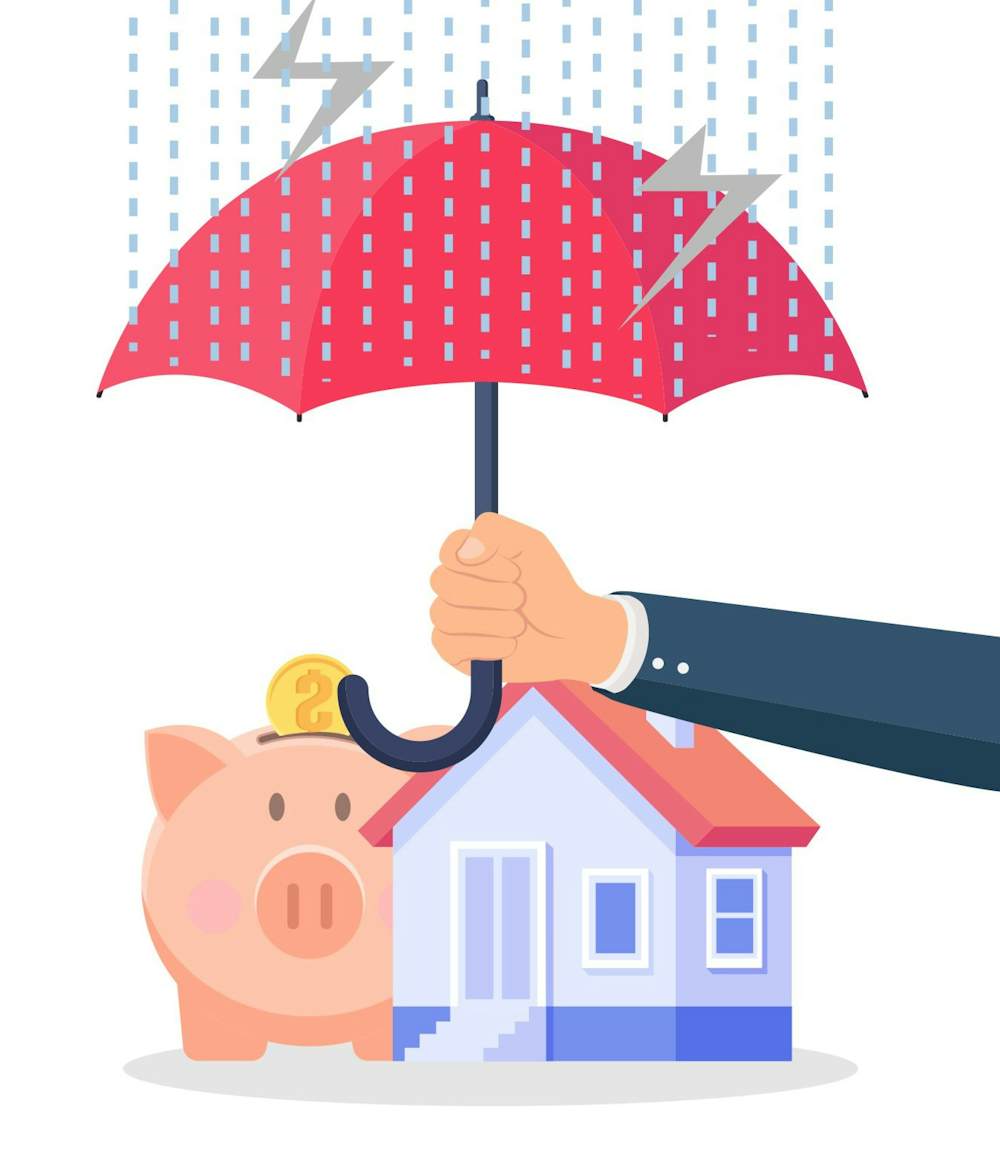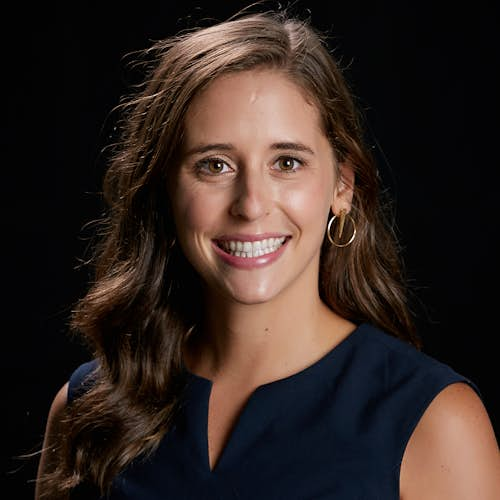(770) 344-0172
(770) 344-0172
Sep 01, 2022

Property & Casualty Insurance:
Property insurance helps cover stuff you own, like your home and car. Casualty insurance means that the policy includes liability coverage to help protect you if you are found legally responsible for an accident that causes injuries to another person or their belongings.
There are several types of policies depending on the assets you own. Listed below are a few common insurance types.
1. Homeowners: Covers your home and the items within your home. There are several parts that make up your homeowners policy. It basically helps cover repairs and replacement for your own property. If you are renting your home, you will need renters insurance.
2. Auto Insurance: Most states require two types of auto liability insurance: bodily injury and property damage. Bodily injury liability protects you in the case that you are found at-fault for another party’s injuries or medical bills, and property damage liability covers another party’s property damage (like to their car, fence, etc.). Some states also require uninsured/underinsured motorist coverage, which protects you in the case that the other party is found at-fault and doesn’t have adequate liability insurance. You can also purchase collision coverage and comprehensive coverage to help cover your own property’s expenses. Collison covers damages to your own car in the case of a collision with another car or object. Comprehensive covers the rest, like theft, natural disasters, falling objects, and animals.
3. Personal Liability Insurance: This is also known as umbrella insurance. This is the insurance that helps protect you from the costs of covered claims when those costs exceed the limits of your home insurance or auto insurance policies. It can help cover defense costs when you are being sued for damages to someone else’s property or injuries caused to others in an accident.
4. “Toys” Insurance: This applies to assets like boats, motorcycles, RVs, snowmobiles, and golf carts.
5. Landlord Insurance: Protects any properties you own that generate rental income. This will cover damage to the building as well as liability on premises.
Disability Insurance:
Assessing your need for disability insurance is part of a comprehensive insurance or risk management analysis. There are financial risks of events such as prolonged illness or a disability that could result in loss of work. Below defines some common terms and events that impact your need for disability insurance.
Income Protection Gap Percentage:
This is the amount of lost income you want to protect with insurance in the event you become disabled. A common rule of thumb is to protect between 60-70% of your income. Factors that should be considered when determining your protection percentage are the tax status of existing policies, spousal and other income that is expected to still be available, social security benefits if qualified, and the amount of mandatory expenses due to lifestyle.
Definition of Disability:
It is critical to know how your policy defines disability. Some policies will not pay benefits if you can perform another job for which you are reasonably trained (any occupation policy). Other more liberal policies will pay benefits if you can no longer perform the duties of your own occupation (own occupation policy). The extra premium for the more liberal policy may be worth it based on your specific situation.
Factors, alerts, and signs you need disability insurance:
1. Your income has changed significantly since the last time you reviewed your disability policies.
2. You’re the sole provider in your household.
3. You have kids and other dependents.
4. Your workplace disability benefits do not cover your income.
5. You could get ill or hurt.
6. You’re a business owner and your business can’t run without you.
Emergency Fund:
In the event you or your spouse loses his or her job, it is important to have an emergency fund. An emergency fund should include anywhere between three to six months of non-discretionary living expenses: three months if you are living on two income sources and six months if you are living on one income source.
Use this worksheet to help you determine an appropriate amount for your emergency fund.
Emergency Funding Strategies:
1. Make your savings automatic.
2. Take advantage of one-time opportunities to save (money received from relatives, bonuses).
3. Manage your cash flow to determine what expenses could be decreased so you can shift these payments and build your emergency fund.
You should revisit your emergency fund whenever major life events occur: job or income change, marriage, divorce, death in family, disability, new child, etc.
Resources:
eMoney Reporting- Disability Insurance. Retrieved August 29,2022.
Types of property and casualty insurance. InsuraMatch. (2020, December 22). Retrieved August 29, 2022, from https://www.insuramatch.com/bl...

Financial Planning Associate
Melissa came to Narwhal in the summer of 2018 following the completion of her master’s degree in financial planning from the University of Georgia, where she also earned her bachelor’s degree in consumer economics. Her interest in the field started with learning about consumer behavior, specifically its relation with complex moneymaking decisions. Melissa recently received her CFP® Certification in January 2021. Working with a CFP® professional can help you find the path to achieving your financial goals. Your goals may evolve over the years as a result of shifts in your lifestyle or circumstances such as an inheritance, career change, marriage, house purchase , or a growing family. Melissa is here to help you through that process. When she’s not working, Melissa enjoys cycling, cooking, and spending time with her beagle and two nieces.
At Narwhal Capital Management, you’re more than just a portfolio, and it’s not all about the numbers. Let’s start with a meeting about your needs and future goals.